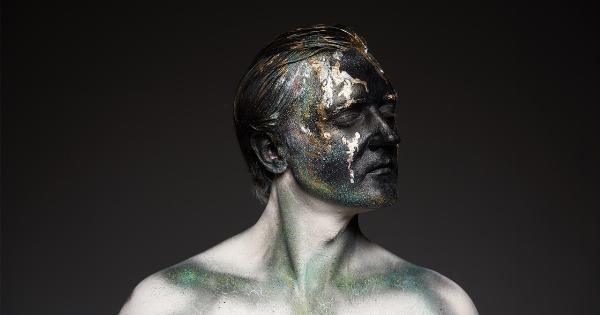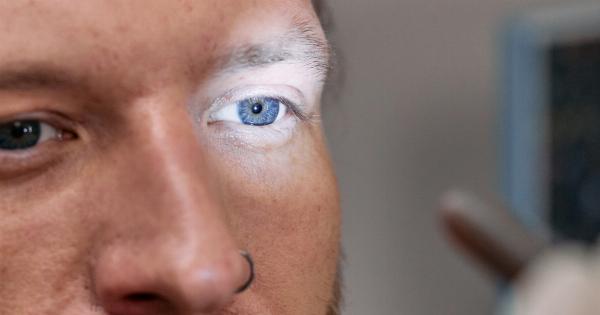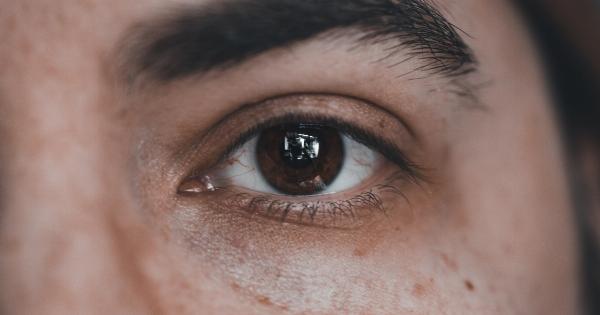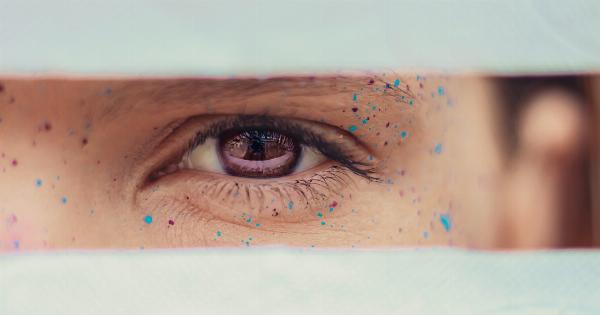One of the exciting things for parents after a baby is born is watching how its appearance changes with time – the growth and development are visible as the baby starts to make a wider range of movements and develop different facial expressions.
One of the changes that often causes parents to wonder and speculate is the color of the baby’s eyes, which can shift from birth to approximately one year of age. In this article, we will explain why and how babies’ eyes change color.
What determines eye color?
Eye color is determined by the amount and type of pigments in the iris, the part of the eye that controls the amount of light that enters it. The more pigments, the darker the eye color, while low levels of pigments result in light-colored eyes.
The two primary pigments in human eyes are melanin and lipochrome.
Melanin is a brown pigment, and it is produced by melanocytes, which are cells located in the iris. The amount of melanin and the number of melanocytes vary between individuals and determine their eye colors.
People with little melanin will have blue or green eyes, while those with more melanin will have brown eyes.
The lipochrome pigment is yellowish or pale in color, and it is a blend of several pigments. This pigment is responsible for light eye colors such as blue, green, and gray.
Eye color is inherited from parents, but not through a simple dominant or recessive gene. Instead, there are multiple genes that influence eye color, and their interactions are complex and hard to predict.
Why do babies’ eyes look blue at birth?
At birth, most babies have eyes that appear blue or grayish-blue. The reason is that the melanocytes in their iris have not yet started producing melanin. When the baby is exposed to light, the melanocytes start to produce melanin.
It takes roughly six months for melanin production to begin, and this is when the true eye color starts to emerge.
How do melanocytes change the eye color?
As mentioned, melanin is responsible for the darker eye colors, ranging from brown to black. The melanocytes’ activity changes the eye color dramatically in the first several months of life.
Many infants’ eyes darken from blue or gray to brown as their melanocytes increase melanin production.
The process of this change is complex and can take up to a year, but a general rule is that dark eyes tend to retain their color, while light eyes may get even lighter.
In people with hazel eyes, the process can be more unpredictable, with the color shifting between green and brown in infancy before settling down in later childhood.
Do babies’ eyes change color due to disease or health conditions?
In rare cases, a medical condition might cause the pigments that affect eye color to change or become damaged. For example, a rare disorder called Waardenburg syndrome affects the pigments’ production, resulting in bright blue eyes.
Babies with ocular albinism also have light eye colors due to the lack of melanin in the iris. However, these conditions are rare and not the reason behind most cases of eye color changes in babies.
Final thoughts
Babies’ eyes changing color can be fascinating, and it’s a sign of their growth and development. But it’s important to note that eye color change is an entirely normal part of development and is not a cause for concern.
The speed and type of color changes are different for every baby and can depend on many factors. Furthermore, the final eye color of your child may not become apparent until they reach school age or even adulthood.


















